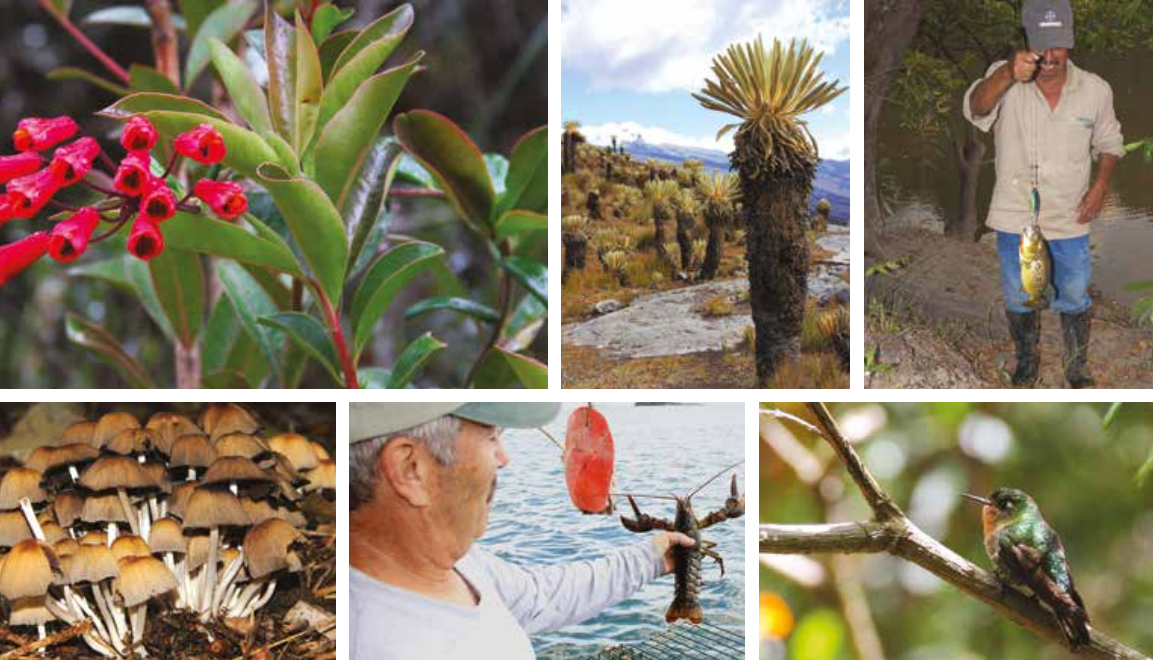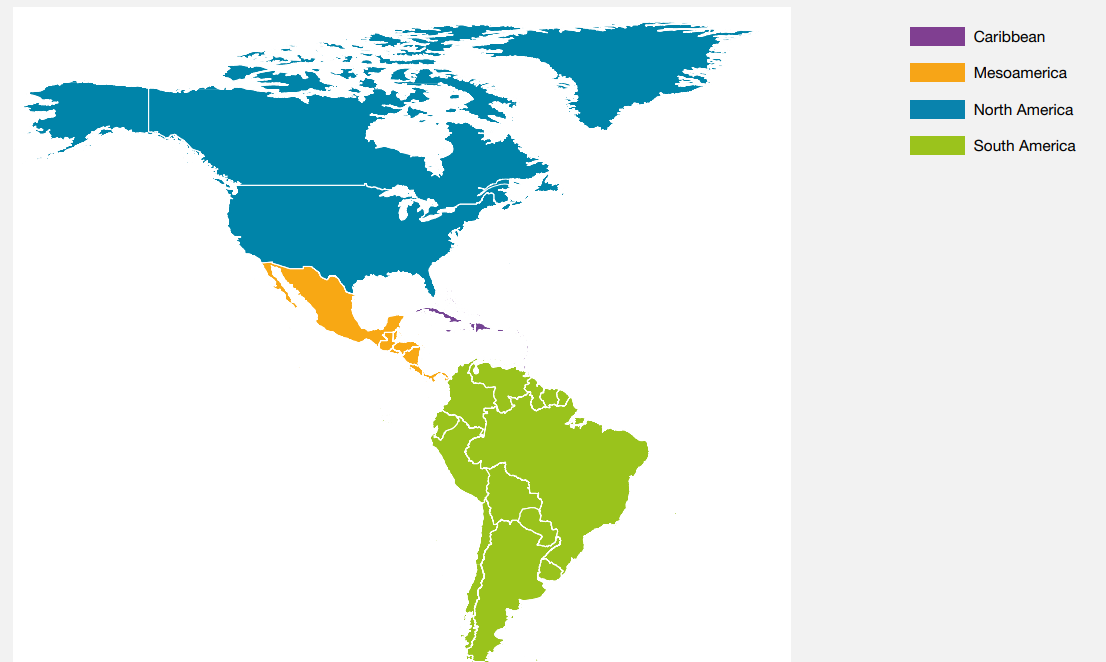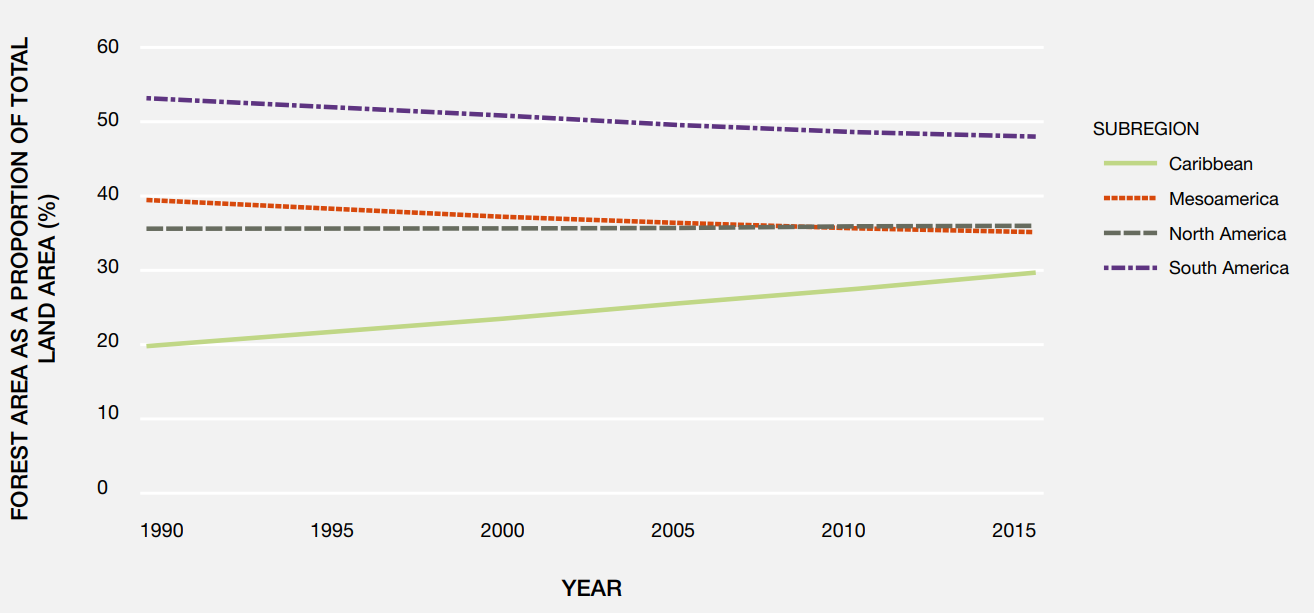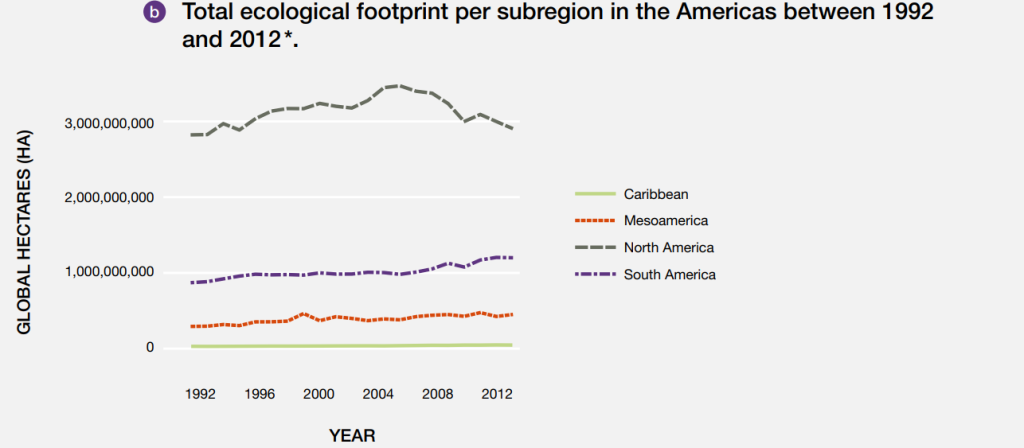America

The Americas, comprising North, Central, and South America, are characterized by a remarkable array of ecosystems, showcasing an astounding variety of natural landscapes and biodiversity. North America is home to diverse biomes, including the vast boreal forests of Canada, the temperate deciduous woodlands of the United States, and the arid deserts of the American Southwest. This continent’s ecosystems house iconic wildlife such as grizzly bears, bald eagles, and pronghorn antelope. Coastal regions along the Pacific and Atlantic host rich marine ecosystems, supporting thriving fisheries and providing crucial habitats for marine mammals and sea birds.
Central America, often referred to as a biodiversity hotspot, offers an extraordinary blend of ecosystems, from the lush rainforests of the Amazon Basin to the cloud forests of Costa Rica. These regions teem with unique plant and animal species, including jaguars, sloths, and countless bird species. South America, with its Amazon Rainforest, represents one of the most extensive and biodiverse ecosystems globally, hosting a wealth of life, from jaguars and tapirs to innumerable plant and insect species. The continent’s ecosystems are vital for carbon sequestration and play a critical role in regulating the Earth’s climate. Protecting these ecosystems is essential not only for the Americas but for the entire planet’s well-being.

OBSERVATIONS FROM THE MAP:
The map of the Americas’ forested areas unveils a breathtaking mosaic of green expanses, revealing the remarkable diversity of forest ecosystems spanning the continent. In North America, the boreal forests extend across Canada, forming a vast expanse of coniferous woodlands. These northern woodlands are home to iconic species like the moose and the gray wolf. Further south, the temperate deciduous forests dominate the landscape in the United States, showcasing a tapestry of colors during the fall season and harboring wildlife such as white-tailed deer and red foxes. The Appalachian Mountains and the Rockies, marked prominently on the map, are corridors of unique forest ecosystems with their own set of endemic species.
Central America, known as a biodiversity hotspot, boasts lush tropical rainforests and cloud forests. These ecosystems can be found in countries like Costa Rica and Nicaragua and are illustrated on the map with vibrant green hues. The Amazon Rainforest, the largest rainforest in the world, dominates South America, covering vast territories in Brazil, Peru, and several other countries. The Amazon, marked as an ecological marvel on the map, is home to an astonishing array of wildlife, from jaguars and giant otters to an array of colorful birds and amphibians. The map of America’s forested areas is a testament to the continent’s ecological richness and underscores the importance of preserving these vital ecosystems in the face of various threats, including deforestation and habitat fragmentation.


The disproportionate and unsustainable use of
“biocapacity” in the Americas has increased steadily in
recent decades (well established) {2.6; Table 2.25}.
Since the 1960s, renewable fresh water available per person has decreased by 50 per cent {2.2.10; Figure 2.19}, land devoted to agriculture has increased by 13 per cent {4.4.1}. Since 1990, forest areas have continued to be lost in South America (9.5 per cent) and Mesoamerica (25 per cent), although there have been net gains in North America (0.4 per cent) and the Caribbean (43.4 per cent) {4.4.1} (Figure SPM.3). The ecological footprint of the Americas has increased two- to threefold in each subregion since the 1960s. This trend has become attenuated in recent decades for North America, Mesoamerica and the Caribbean, but continues to increase in South America (Figure SPM.4), and the patterns vary significantly among subregions {2.6; Table 2.24} and units of analysis {4.3.2} (well established). In all subregions, there are cultures and lifestyles that are achieving sustainable management of natural resources towards a good quality of life {5.4.7, 5.4.11}. However, the aggregate ecological footprint of the Americas remains unsustainable and continues to grow (established but incomplete) {2.1.1, 2.6, 5.5}.
n addition to export of food commodities, the
Americas have a large commerce of timber and fibre
from plants and animals (well established).
Although
timber and fibre production have increased significantly
over the last several decades, they have begun to slow and
are expected to continue to decrease as new technologies
and production substitutes emerge and supplies of
timber continue to decrease (well established) {2.2.2,
4.3.4}. However, there are cases where overall reduction
in hardwood harvest has not reduced pressure on some
valuable species {4.4.5}, and since 2000, coniferous
production has increased in South America {2.2.2}Figure SPM 4a. All data from Global Footprint Network, 2016 and World Wildlife Fund, 2016. Countries included: North America: Canada, United States; Mesoamerica: Costa Rica, El Salvador, Guatemala, Honduras, Mexico, Nicaragua, Panama; Caribbean: Antigua and Barbuda, Aruba, Bahamas, Barbados, British Virgin Islands, Cayman Islands, Cuba, Dominica, Dominican Republic, Grenada, Guadeloupe, Haiti, Jamaica, Martinique, Montserrat, Saint Kitts and Nevis, Saint Lucia, Saint Vincent and Grenadines, Trinidad and Tobago; South America: Argentina, Bolivia, Brazil, Chile, Colombia, Ecuador, French Guiana*, Guyana*, Peru, etc.





